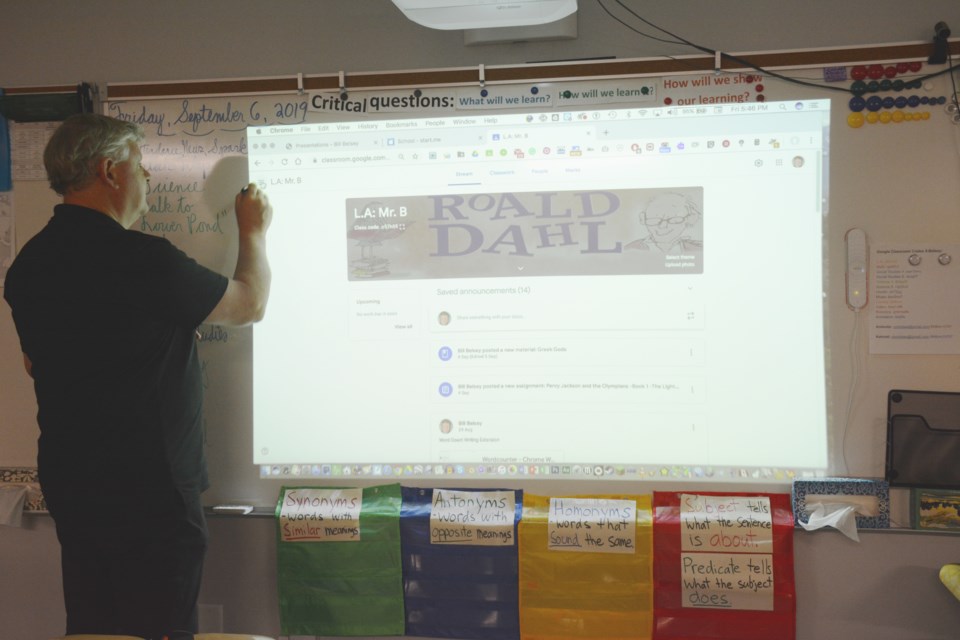We all rely on them, sometimes a little more than we should. Cell phones have consumed our lives whether it be at the dinner table, in our cars or in the classroom.
With the distraction becoming evident in schools – now more than 10 years ago – talks about cellphone bans have been a wildfire discussion within school divisions, provinces and among parents.
Beginning Nov. 4, Ontario will be the first province to ban the use of cellphones in classrooms. Alberta’s Elk Island Public School Division followed Ontario’s lead and has banned cellphone use in classes as of the beginning of the school year. This includes Vegreville, Fort Saskatchewan and Sherwood Park schools.
The Alberta government has no plans to ban cellphones just yet, leaving the choice to teachers and school boards.
The Calgary Catholic School District – which includes St. Tim’s and Holy Spirit schools – has an administrative procedure set in place that acts as a guide for all its schools. It outlines rules that need to be taken when bringing your personal device to school.
Felicia Zuniga, the senior communications specialist with Calgary Catholic School District, goes over some of the implementations.
“You can’t operate them during instructional time. You can’t operate them if there are any school activities like an assembly or a talk by a guest speaker. We ask that cellphones are placed in silent mode during the regular school hours. They can’t be taken into tests or exams, they can’t be taken into change rooms, washrooms, private counselling rooms, anywhere where there is privacy needed,” said Zuniga.
The goal is for the schools, through the principal and teachers, to build a practice that best suits their school.
This isn’t banning personal devices but merely minimizing the screen time which results in unnecessary distraction in classrooms.
According to Health Canada, teens get more than three hours of screen time a day. As we move toward a technology-driven world, there needs to be an equilibrium.
“We definitely recognize the importance of technology for our students’ communication collaboration and we know that we use technology to learn so whenever possible the teachers can book a class using Chromebooks, rather than asking students to access their cellphones,” explains Zuniga.
Well known worldwide for his extensive background with technology over the years, Bill Belsey, a teacher at RancheView school, says it is important to embrace technology and the exciting doors it can open but also to be informed and aware of the negatives it can bring forth, if not used properly. He believes establishing open lines of communication with children is the first step to incorporating technology into daily life.
“The single most important thing that parents can do is have a relationship of trust with your kids because when things go south, which they will, you will listen and let them know that they are not alone and that you will help them work it through. It’s really, really important,” said Belsey.
Belsey argues that while technology can be used as a tool in classrooms, it is about implementing boundaries which should be followed while on devices to maintain learning through a level of trust and respect. Belsey says if his students are on laptops, they must be sitting at their desks, not along the back wall trying to hide.
With his focuses shifted toward the great things technology can create, Belsey has taught his students how to use technology in effective ways in the classroom. Keeping with today’s times, Belsey’s students have created new media book reports through Podcasts. They also have their own class website, Twitter page, are learning about coding, how to make 3D projects and a class robot all by using various online websites and tools.
Belsey loves to create “learning memories” whether that be through outdoor learning, putting positive energy into the abundant web or artwork in place of a “selfie,” it’s all about how his students can make a difference in the world of technology.
He emphasizes it all comes down to being role models for kids to instill positive behaviours.




